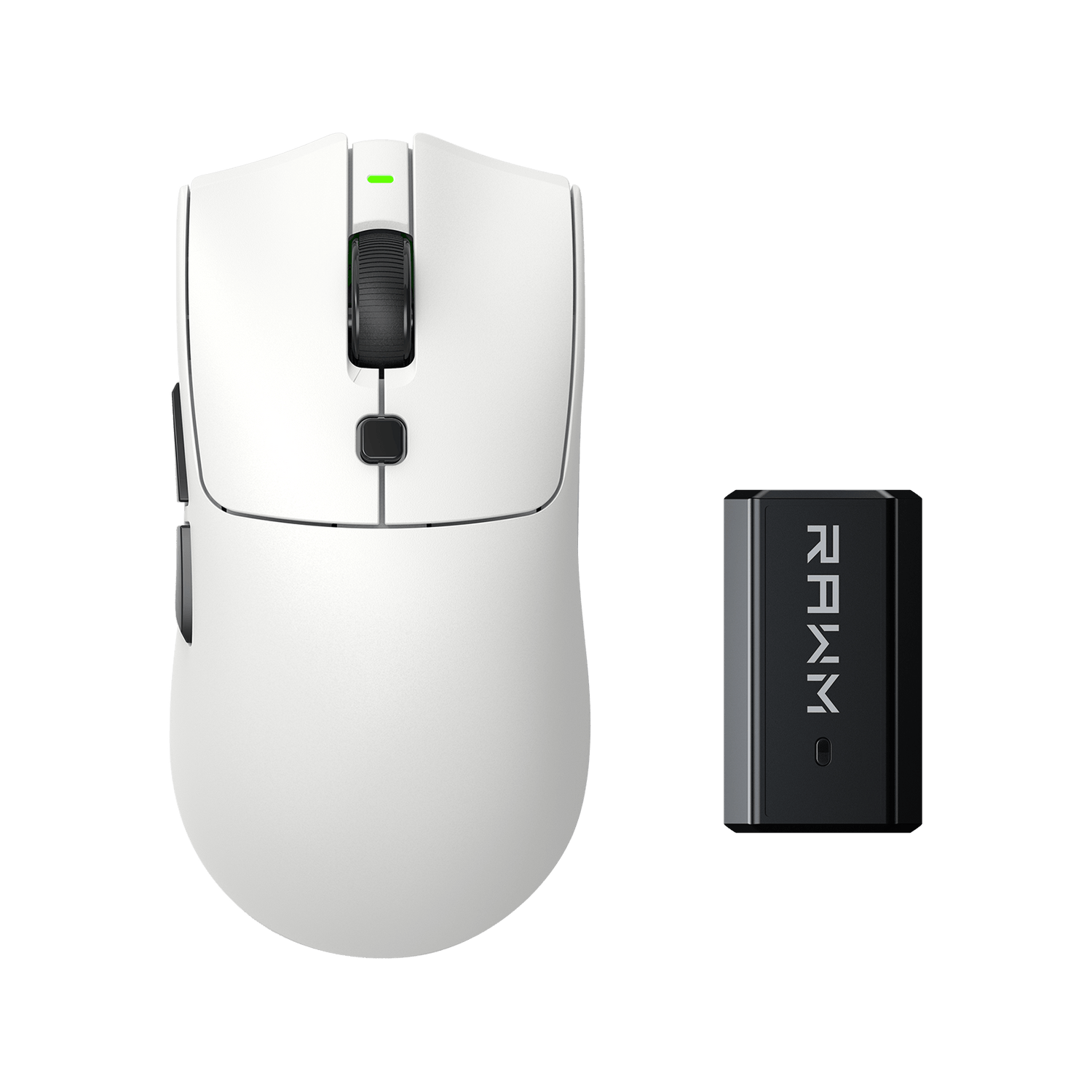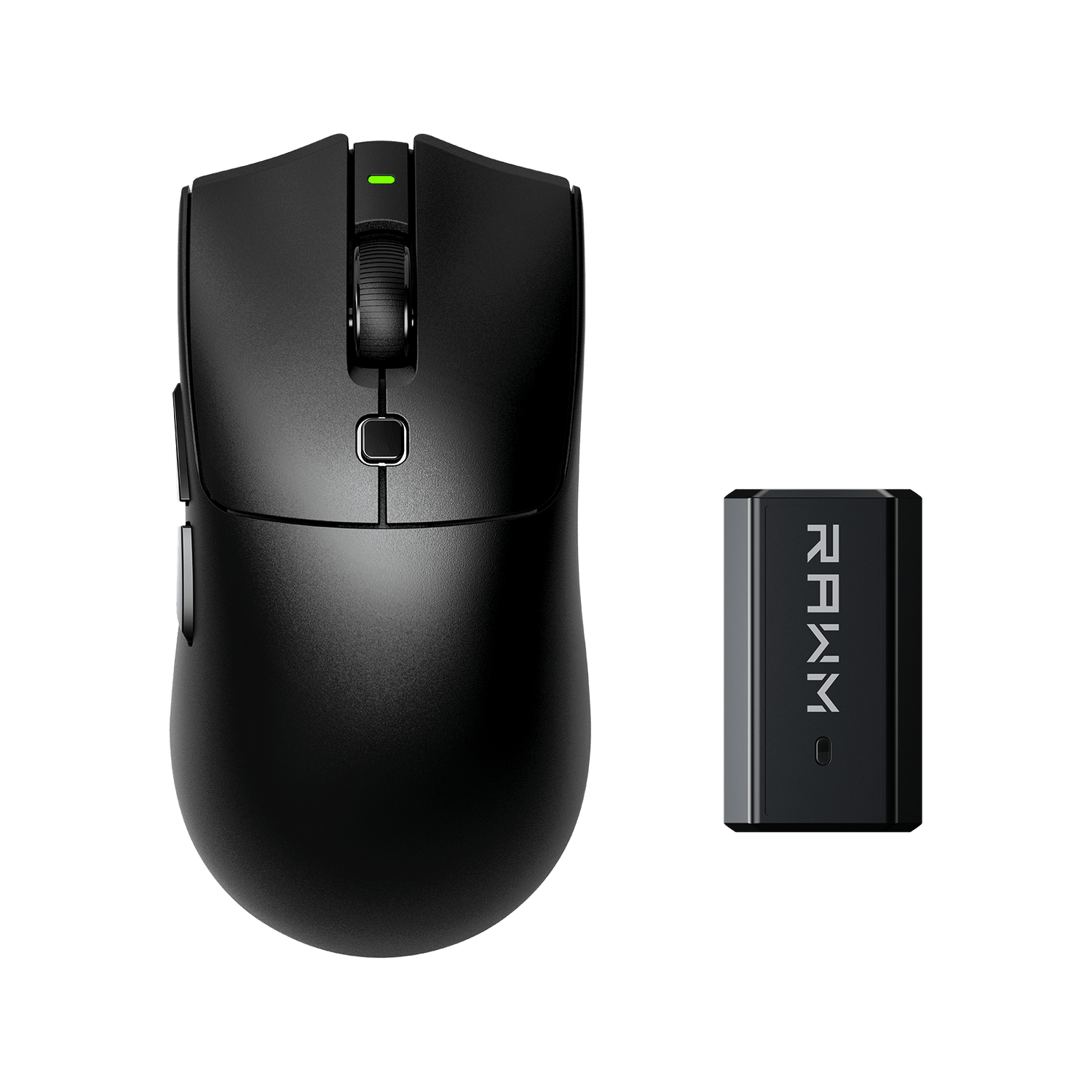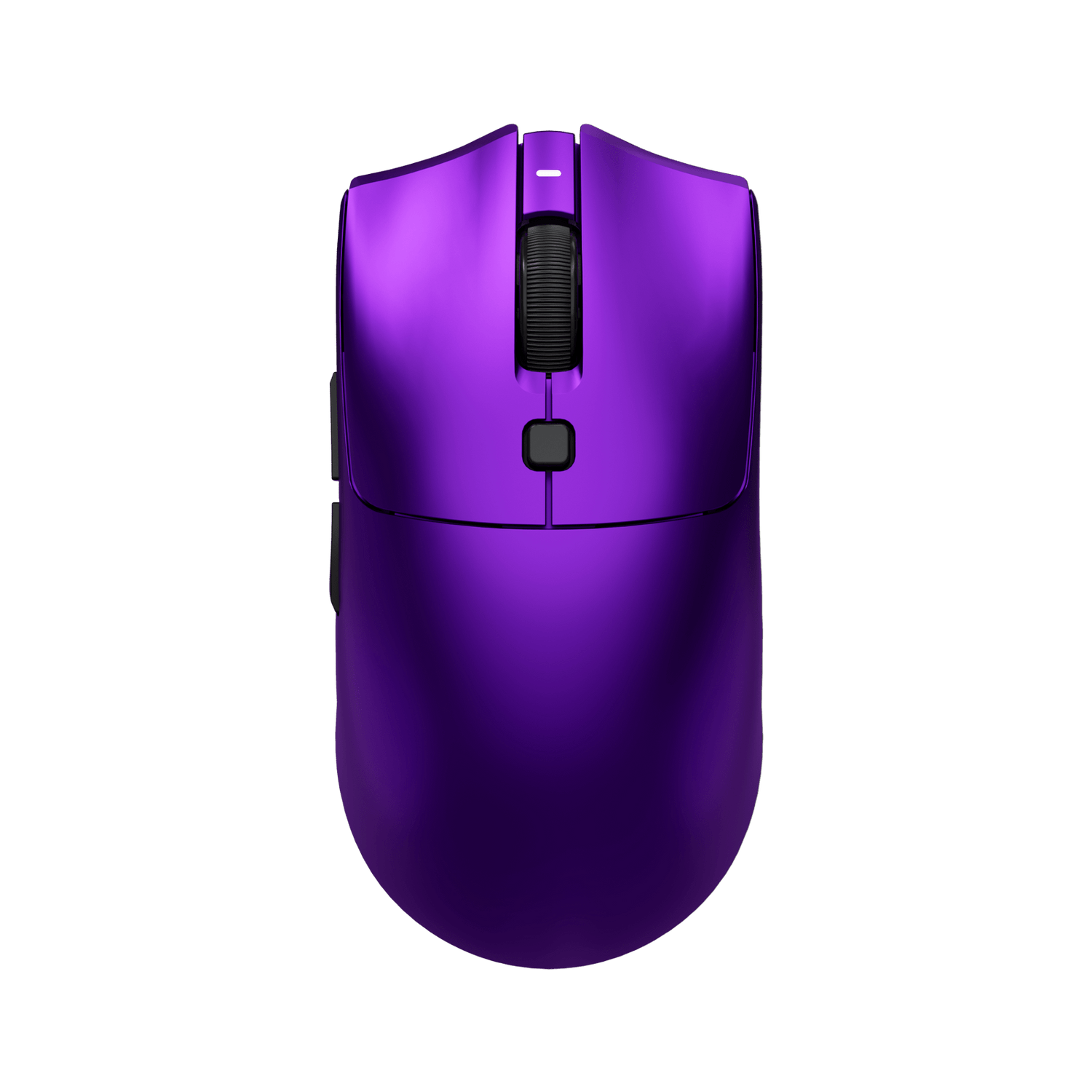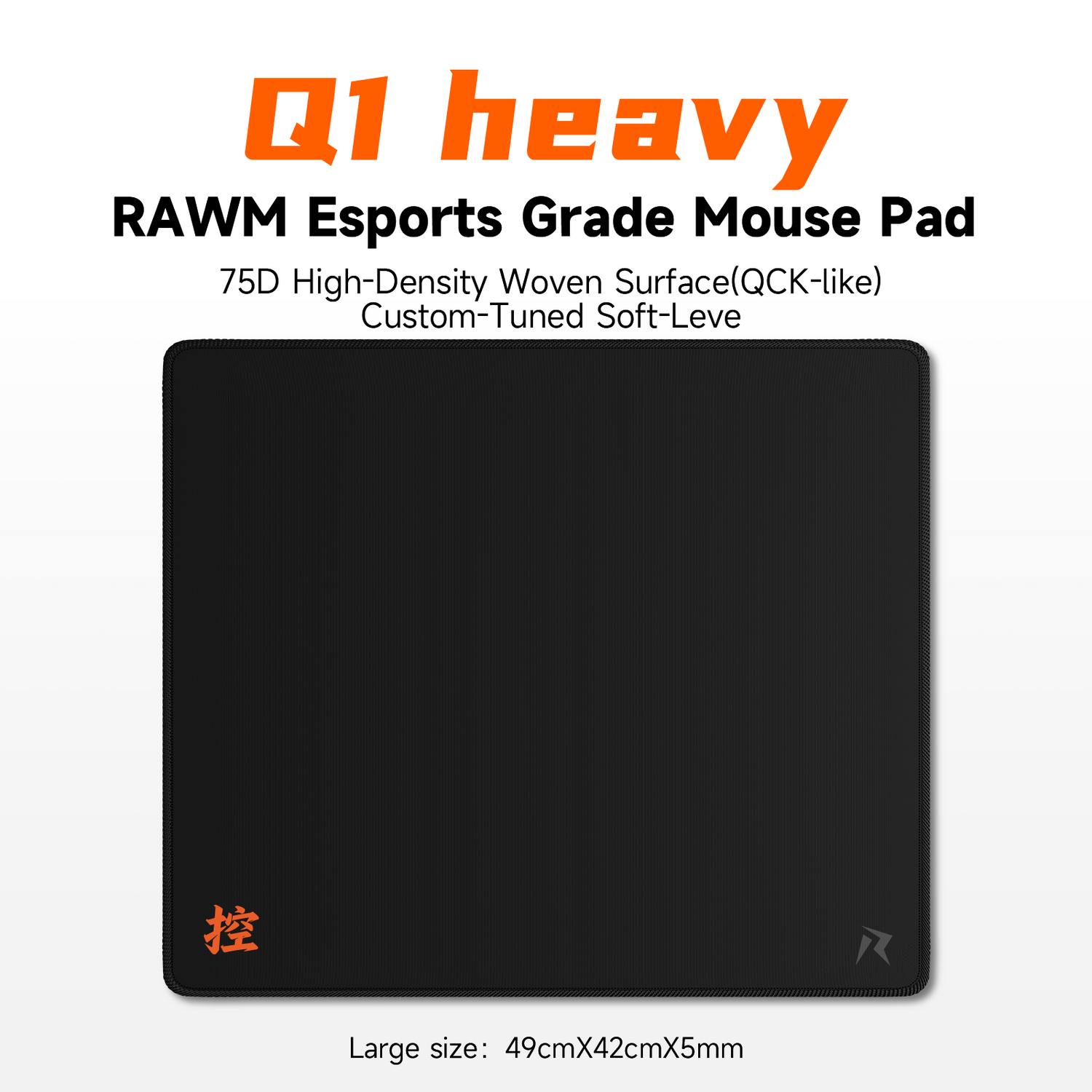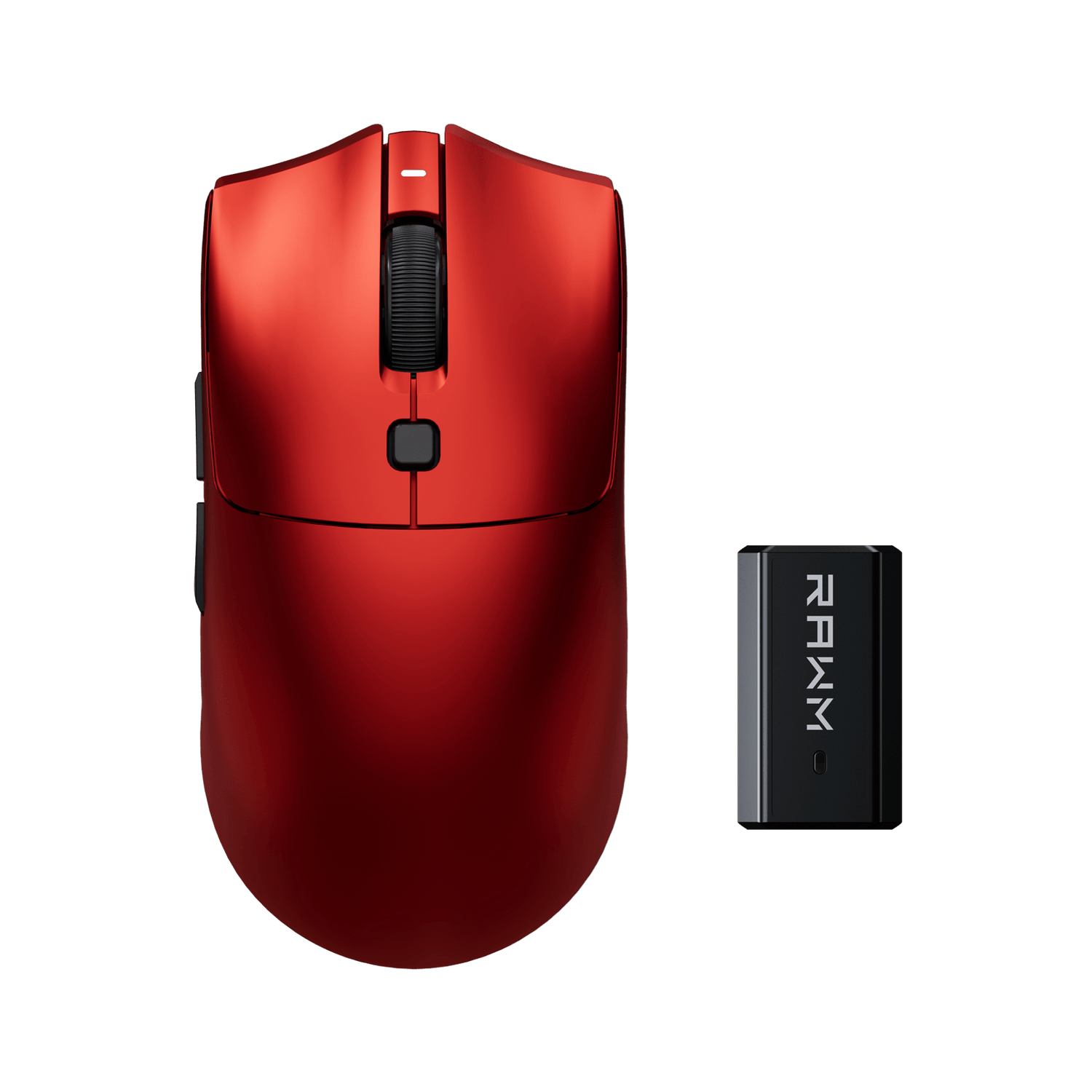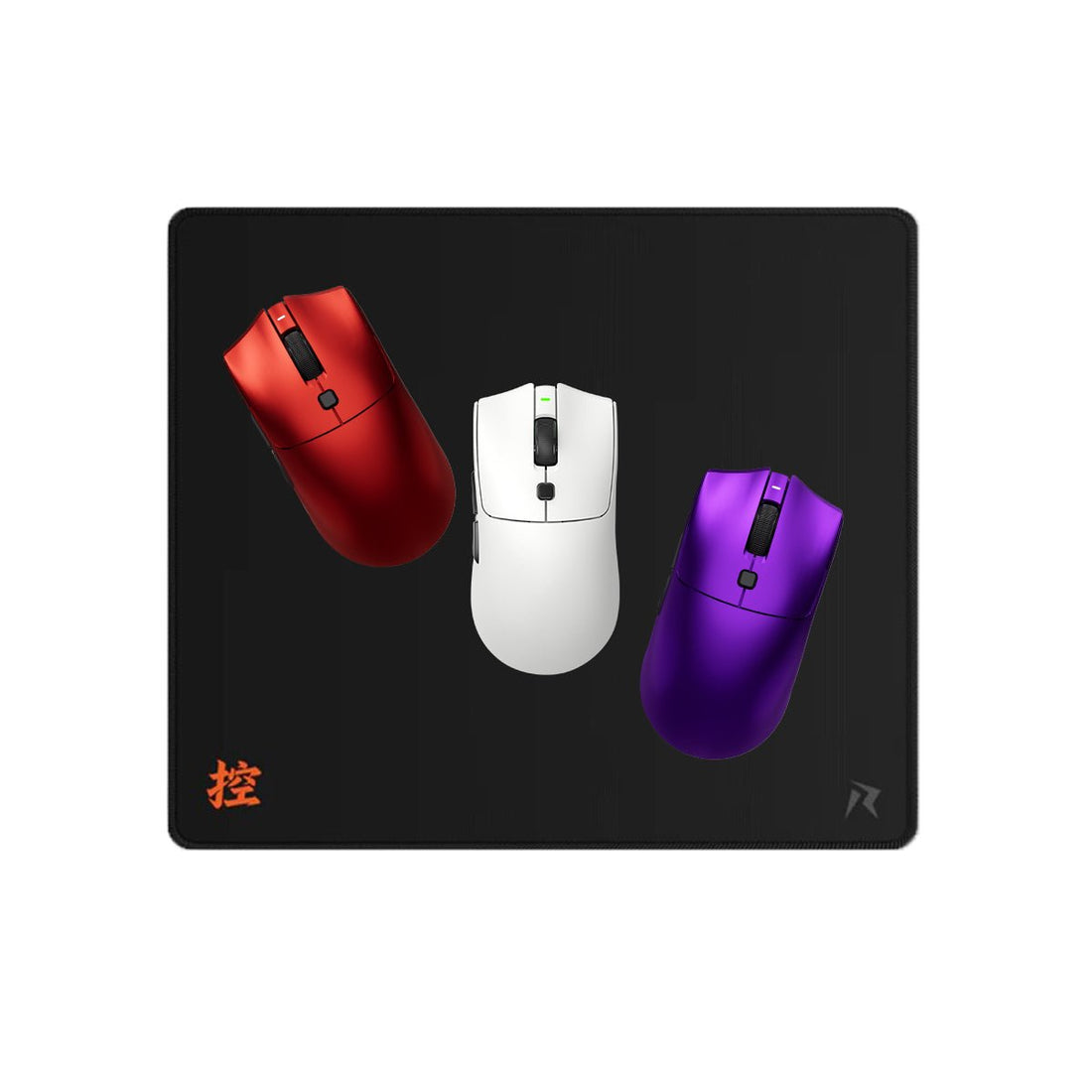
Does Switching DPI Affect Consistency?
1. What Are DPI Settings for Gaming Mouse?
2. How DPI Settings for Gaming Mouse Influence Consistency
3. Do Higher DPI Settings for Gaming Mouse Improve Performance?
4. Why Switching DPI Settings for Gaming Mouse Hurts Aim Stability
5. How Professional Players Handle DPI Settings for Gaming Mouse
6. Best Practices for Choosing DPI Settings for Gaming Mouse
When it comes to precision gaming, one of the most discussed factors is DPI settings for gaming mouse. DPI (dots per inch) determines how far your cursor moves on screen relative to the physical movement of your mouse. Many players frequently switch DPI depending on the game or task, but an important question remains: does switching DPI affect consistency?
Understanding the role of DPI settings for gaming mouse is crucial for competitive players, especially in FPS titles where aim stability can determine victory.
1. What Are DPI Settings for Gaming Mouse?
Before we examine consistency, it’s essential to define DPI settings for gaming mouse. DPI represents the sensitivity of your mouse sensor. For example:
-
400 DPI means the cursor moves 400 pixels for every inch of physical movement.
-
1600 DPI means the cursor moves 1600 pixels for the same inch of movement.
Most gaming mice allow customization from as low as 100 DPI to over 30,000 DPI. However, higher numbers don’t always mean better performance—what matters most is control and consistency.
2. How DPI Settings for Gaming Mouse Influence Consistency
Consistency in aim comes from muscle memory. If you constantly change DPI settings for gaming mouse, your hand must adjust to different cursor speeds. This can disrupt accuracy, particularly in competitive play.
-
Stable DPI = Reliable Aim: Keeping a fixed DPI helps build consistent muscle memory.
-
Frequent Switching = Adjustment Time: Every time you switch, you may need minutes or hours to adapt.
-
Impact on Tracking: Players using stable DPI generally track moving targets more smoothly.
3. Do Higher DPI Settings for Gaming Mouse Improve Performance?
Many assume that higher DPI automatically means better aim, but the truth is more complex. Here’s a comparison:
| DPI Range | Pros | Cons |
|---|---|---|
| 400 – 800 DPI | High control, best for FPS accuracy | Slower cursor movement on desktop |
| 800 – 1600 DPI | Balance between speed and precision | Requires practice for stability |
| 1600 – 3200 DPI | Fast cursor movement, good for MOBAs | Harder to maintain consistent aim |
| 3200+ DPI | Useful for large 4K monitors | Often too sensitive for gaming |
Most professional gamers stick to 400–1600 DPI. This shows that lower, stable DPI settings for gaming mouse generally enhance consistency.
4. Why Switching DPI Settings for Gaming Mouse Hurts Aim Stability
Switching DPI mid-session may feel convenient, but it can harm performance:
-
Breaks Muscle Memory: You no longer know instinctively how far to move the mouse.
-
Reduces Flick Precision: In FPS, flick shots rely on predictable cursor speed.
-
Increases Cognitive Load: Instead of focusing on the game, your brain compensates for new sensitivity.
Consistency thrives on repetition. By sticking to one DPI profile, you let your reflexes develop naturally.
5. How Professional Players Handle DPI Settings for Gaming Mouse
Esports professionals understand the importance of stable sensitivity. In fact, surveys show:
-
70% of CS2 and Valorant pros use 400–800 DPI.
-
Less than 10% use DPI higher than 1600.
-
Nearly all avoid switching DPI during competitive play.
One excellent example is the RAWM ER21PRO, designed for competitive esports. It supports customizable DPI settings for gaming mouse, but also allows players to lock into their preferred DPI for maximum consistency—making it ideal for professionals who value stability.
6. Best Practices for Choosing DPI Settings for Gaming Mouse
To find your ideal DPI without sacrificing consistency:
-
Start Low: Begin with 400–800 DPI, especially for FPS games.
-
Pair with Sensitivity: In-game sensitivity and DPI should work together.
-
Stick to One Setting: Avoid changing DPI frequently.
-
Test for Comfort: Play multiple sessions to see what feels natural.
-
Consider Your Monitor: Higher resolutions may require higher DPI.
By following these steps, you’ll develop reliable muscle memory and more consistent performance.
Does Switching DPI Affect Consistency?
So, does switching DPI affect consistency? Absolutely. Changing DPI settings for gaming mouse too often disrupts muscle memory, reduces aim precision, and increases adjustment time. While DPI customization is a valuable feature, stability is far more important than constant switching.
For serious gamers, the best approach is to experiment with different DPI levels, find one that feels natural, and stick with it long-term. Gaming mice like the RAWM ER21PRO offer flexible settings but shine when you commit to one DPI profile and focus on building consistent aim.
DPI settings for gaming mouse play a critical role in aim consistency. While higher DPI may offer faster movement, most professional and competitive players achieve better results with lower, stable DPI ranges. The key takeaway is simple: don’t keep switching DPI if you want consistent results.
👉 Do you stick with one DPI setting, or do you switch between profiles depending on the game? Which approach do you find gives you better consistency?
>>See also Do PTFE Skates Matter? >>>>>




